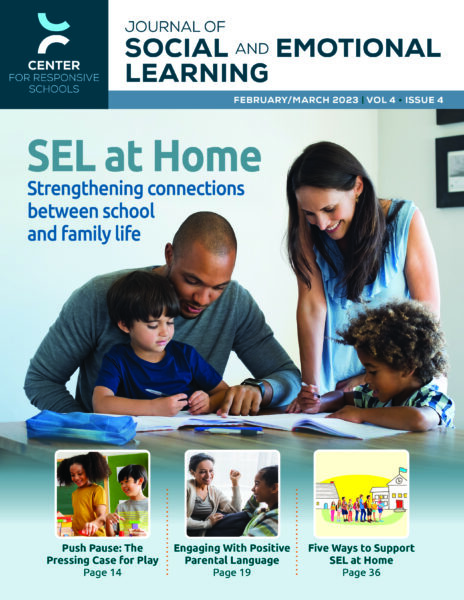
SEL at Home
Social and emotional learning starts at home. Families are children’s first models for these skills. Student success in academics and SEL is often tied to strong connections between school and…

Social and emotional learning starts at home. Families are children’s first models for these skills. Student success in academics and SEL is often tied to strong connections between school and…
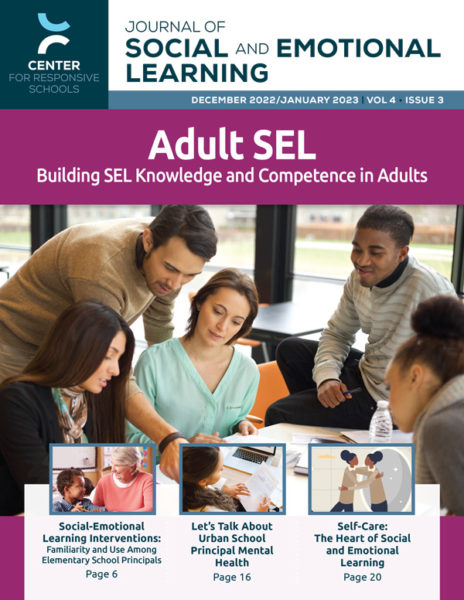
An adult’s SEL competence has a significant impact on a student’s ability to develop social and emotional skills. When educators have strong social and emotional competence themselves, they are better…

Teaching social and emotional skills can happen routinely throughout your day, such as during Advisory or Morning Meeting, in a specific SEL lesson, or while sharing a read-aloud. These skills…
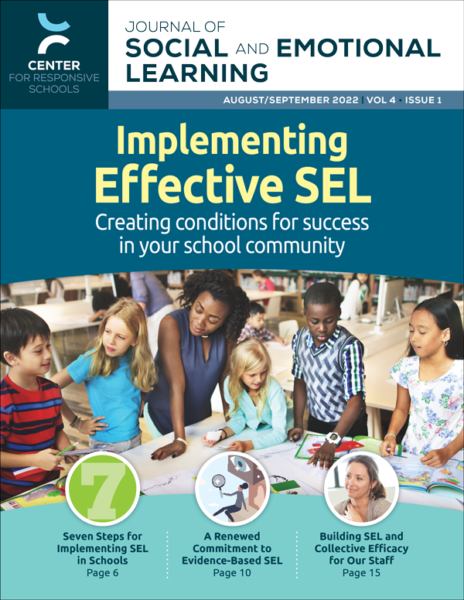
SEL programs and practices have significant positive outcomes for students when implemented effectively. In this issue, we focus on what effective SEL implementation looks like and how to create the…
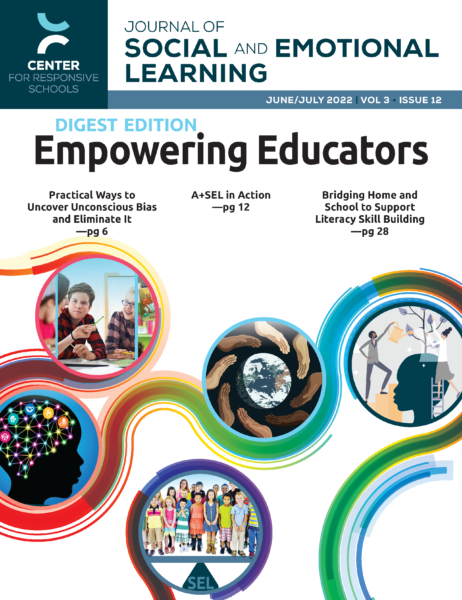
Every six months, we pause to review and reflect with a special digest issue. Our most powerful and popular articles over the past six months. The goal of this issue is…
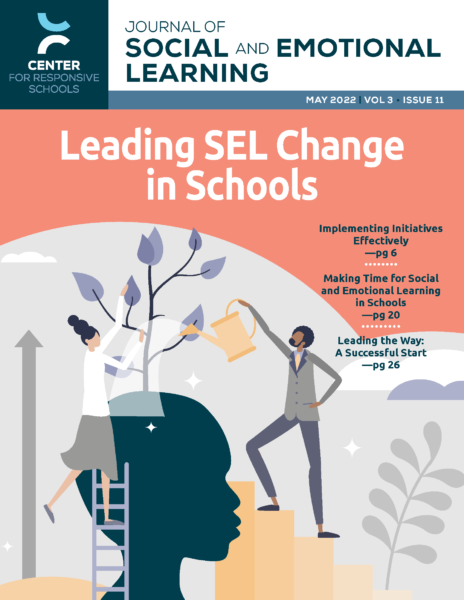
Social and emotional learning is most effective when it is firmly rooted and nourished so it can grow throughout the entire school community. How can school leaders take the steps…
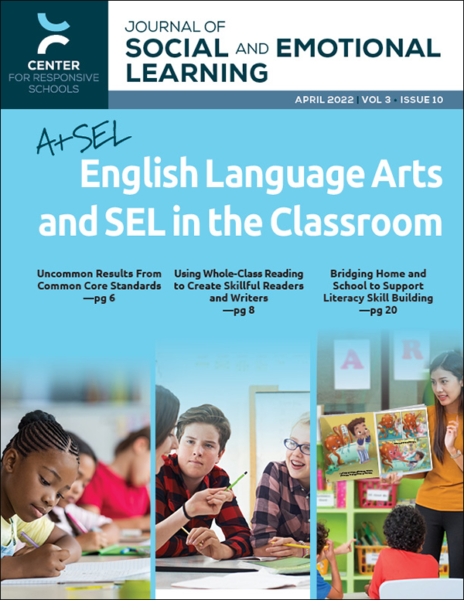
How do you embed SEL skills and mindfulness into an English language arts classroom? ELA is a natural connection to SEL as students learn to express strong emotions and opinions,…
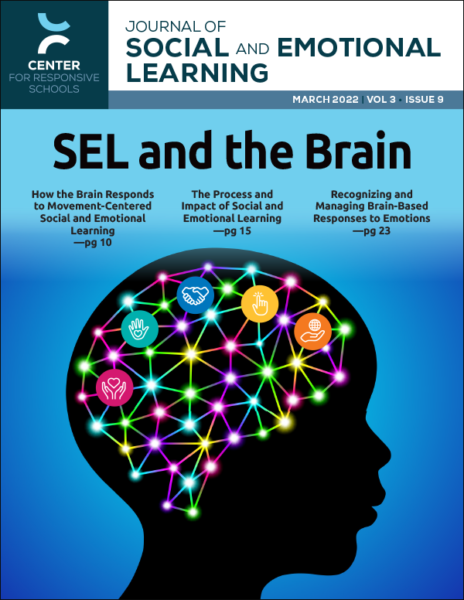
Many of the most meaningful academic opportunities are the ones that bring academic, social, and emotional learning together. Great cognitive growth can occur through academic plus social and emotional learning,…
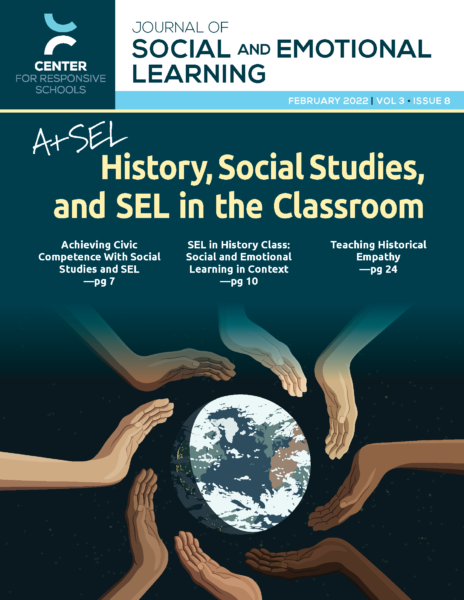
How do you embed SEL skills and mindfulness into a history and social studies classroom? There are many natural connections as students learn to respect different cultural norms and diversity,…
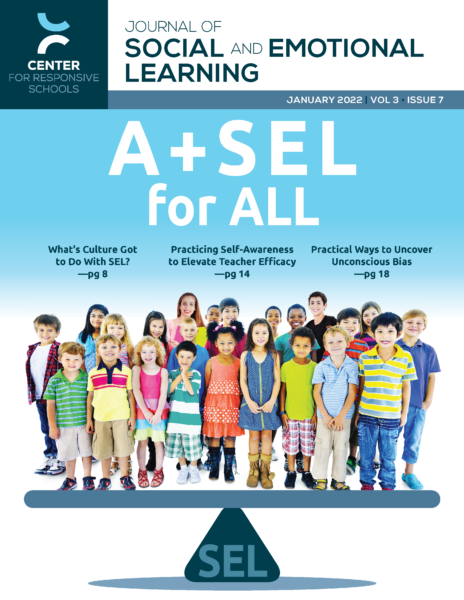
Zaretta Hammond wrote, “Culture is like the air we breathe, permeating all we do. And the hardest culture to examine is often our own, because it shapes our actions in…